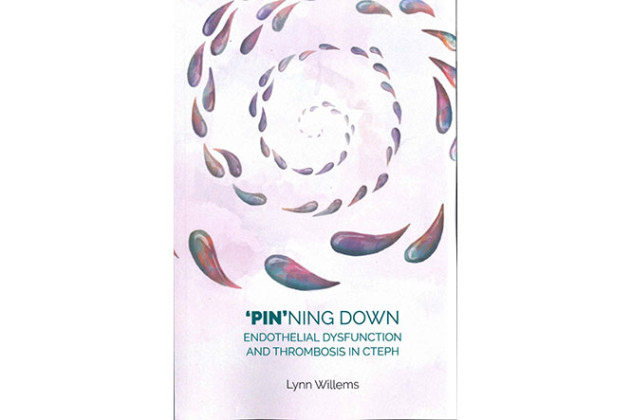Research:
During both my Bachelor and Master studies I got interested in Neurosciences and particularly neuronal networks and synaptic plasticity. For the last couple of years I focused my research on the neuronal network of the suprachiasmatic nucleus (SCN), the mammalian circadian clock that drives 24-hour rhythms in both physiology and behavior. The output rhythm of the SCN is dependent on the synchronization of the individual rhythms of the SCN neurons. Changes in phase synchronization between individual cells play an important role in seasonal adaptation. For example, when exposed to long summer days the phases of individual SCN cells are more dispersed and the overall SCN amplitude is diminished. A substantial part of my research focuses around the question what the influence is of the prolonged light period in these long summer days on the phase synchronization among SCN neurons. In the lab, I use ex vivo electrophysiology, imaging, and organotypic culture techniques to acquire both electrophysiological and molecular data from SCN slices. This combined with behavioral data allows us to study the SCN neuronal network and its plasticity to environmental changes.
Curriculum Vitae:
I studied Biomedical Sciences at the Utrecht University and obtained my Bachelor of Science degree in 2009. After that, I was accepted into the Research Master program “Neuroscience and Cognition” also at the Utrecht University. During this program I completed two research internships. For the first internship I spend 11 months in the lab of Dr. Pierre de Graan at the Rudolf Magnus Institute in Utrecht studying the short- and long-term effects of febrile seizures on the hippocampus. After that, I went to the Scripps Research Institute in San Diego to do a 6 month internship in the lab of Dr. Donna Gruol. Here, I studied the influences of the mTOR pathway on the long-lasting phase of LTP in transgenic mice that persistently express elevated levels of the immune factor IL-6. In 2011 I obtained my Master of Science degree and – after a sidestep working as an information specialist at the National Poisons Information Center – continued my scientific career as a PhD student in the group of Johanna Meijer at the LUMC. During this period I studied the effects of both light and aging on the mammalian clock during seasonal entrainment. Currently, I am finishing up my PhD thesis and from January 2019 I will continue working on the impact of aging on the clock as a Postdoc in the group of Dr. Stephan Michel, in the division led by Prof. J.H. Meijer.
Publications
-
Chloride cotransporter KCC2 is essential for GABAergic inhibition in the SCN.
Olde Engberink AHO, Meijer JH, Michel S.
Neuropharmacology, 138:80-86.
-
Rapamycin-sensitive late-LTP is enhanced in the hippocampus of IL-6 transgenic mice.
Olde Engberink, A., Hernandez, R., de Graan, P., Gruol, D.L.
Neuroscience, 367, 200-210.
-
Evidence for weakened intercellular coupling in the mammalian circadian clock under long photoperiod.
Buijink, M.R., Almog, A., Wit, C.B., Roethler, O., Olde Engberink, A.H., Meijer, J.H., Garlaschelli, D., Rohling, J.H., Michel, S.
PLoS One, 11, e0168954.



